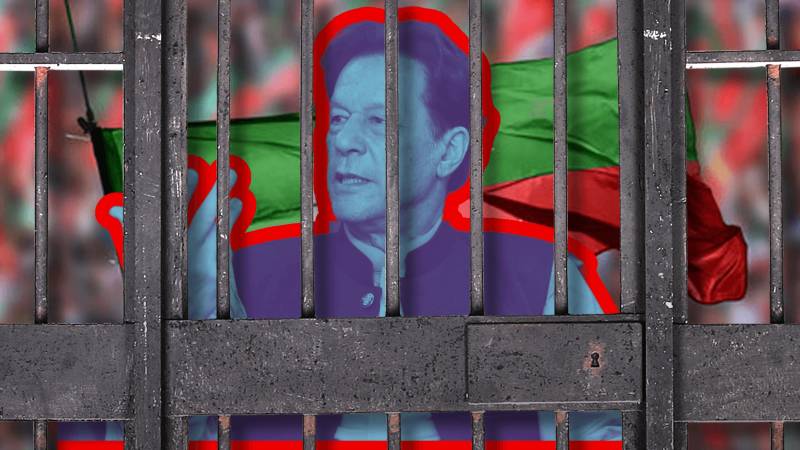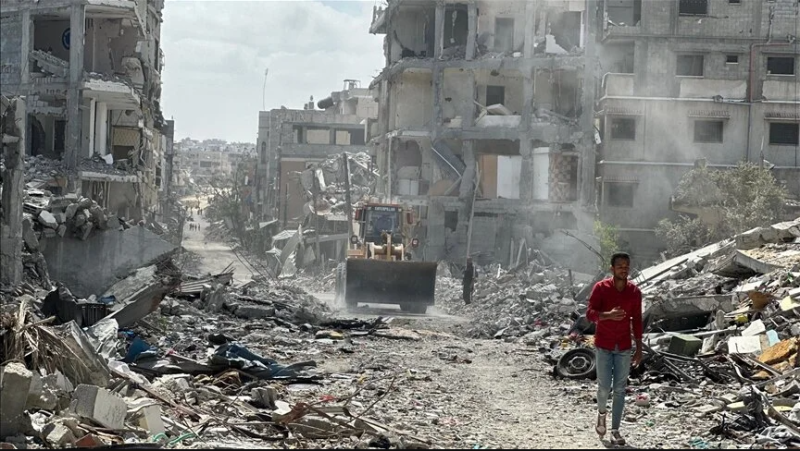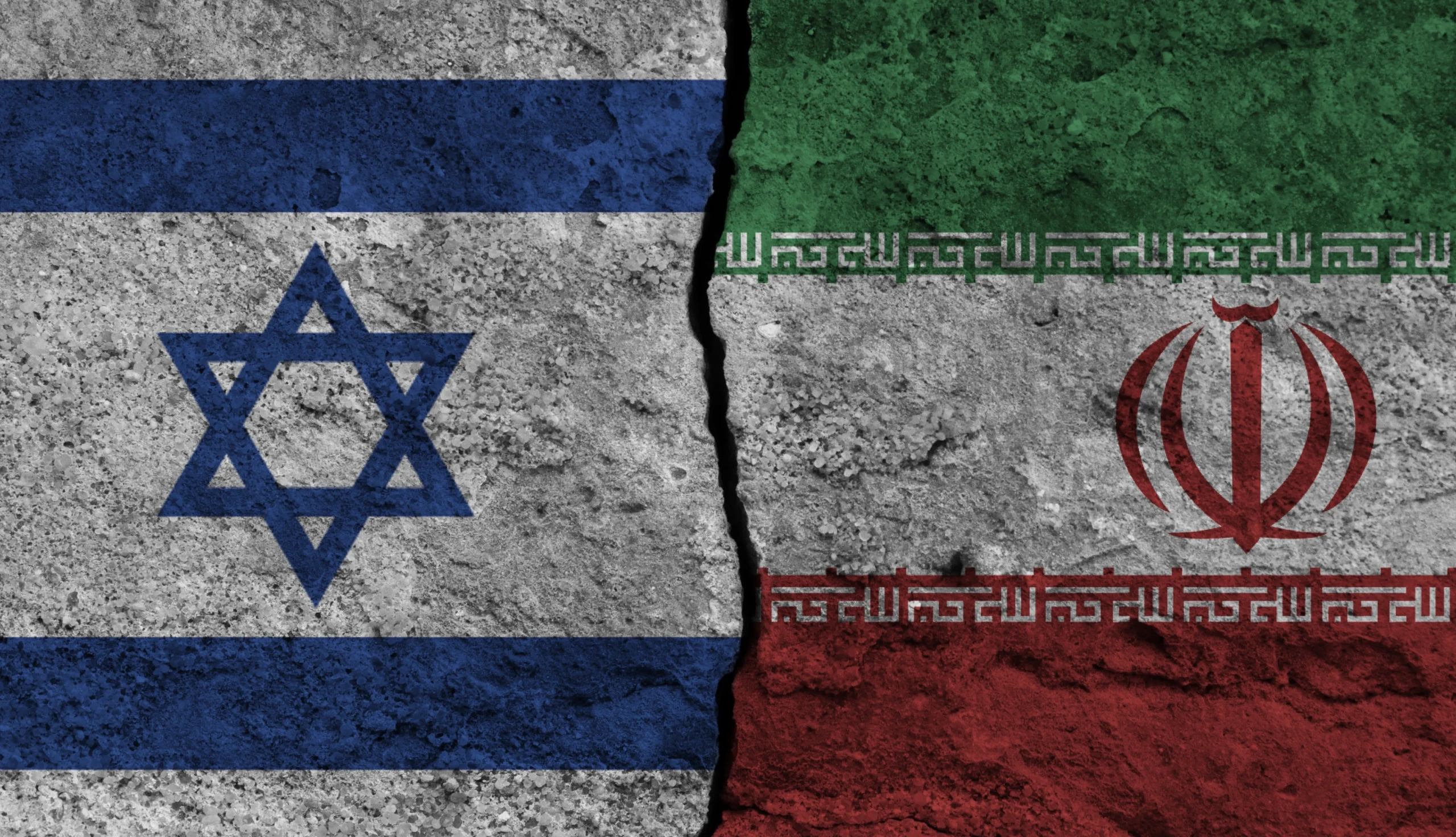Tariq Mahmood Awan
Pakistan’s economy is set to rebound, with a projected GDP growth of 2.1% in fiscal year 2024, rising to 4.8% in 2025, according to Bloomberg. This is a significant improvement from the negative growth of -0.4% in fiscal year 2020 and the modest growth of 1.5% in fiscal year 2023, which were affected by the COVID-19 pandemic, the lockdown measures, and the structural reforms. Several factors contribute to the economic recovery of Pakistan, such as the IMF loans, the eased supply bottlenecks, and the rate cuts.
One of the main factors that support Pakistan’s economy is the IMF loan program, which aims to stabilize the macroeconomic situation, strengthen the fiscal and monetary policies, and promote the structural reforms and the social protection. Pakistan received a $700 million tranche from the IMF in March 2023, after completing the second to fifth reviews of the $6 billion Extended Fund Facility (EFF) arrangement. The IMF also expressed its willingness to negotiate a new long-term program with Pakistan after the general elections in February 2024, which may help to bolster the foreign exchange reserves and the confidence of the international creditors and investors.
Another factor that boosts Pakistan’s economy is the eased supply bottlenecks, which have improved the industrial production and the domestic demand. According to the Pakistan Bureau of Statistics, the economic activity grew by 3.2% from June to October 2023, compared to the same period in 2022. The large-scale manufacturing sector grew by 7.4%, the construction sector grew by 8.3%, and the services sector grew by 2.7%. The consumer price index (CPI) inflation also declined to 8.4% in October 2023, from 9.2% in June 2023.
A third factor that enhances Pakistan’s economy is the rate cuts, which have reduced the borrowing costs and stimulated the credit growth and the private investment. The State Bank of Pakistan (SBP) has adopted an accommodative monetary policy stance, anticipating a gradual decline in the inflation and the output gap. The SBP plans to cut the policy rate by 700 basis points, from 22% in June 2023 to 15% by the end of 2024. The SBP also introduced various schemes and incentives to support the priority sectors, such as the agriculture, the housing, the renewable energy, and the small and medium enterprises (SMEs).
In addition to these factors, Pakistan’s economy may also benefit from the improved performance in the farming sector, which is expected to grow by 3.5% in fiscal year 2024, due to the favorable weather conditions, the increased crop yields, and the higher support prices. The general elections in February 2024 may also enhance the political stability and the investor confidence, if they are conducted in a free, fair, and transparent manner, and result in a smooth transition of power and a stable government.
Please, subscribe to the YouTube channel of republicpolicy.com
However, Pakistan’s economy also faces several challenges and risks, which may hamper its growth and development. Some of these challenges include the high taxes, the energy costs, the debt servicing, and the possible disruptions to the IMF aid or the elections. Pakistan has one of the lowest tax-to-GDP ratios in the world, at around 10%, which limits its fiscal space and its ability to finance the public spending and the social programs. Pakistan also suffers from the chronic energy shortages and the high electricity tariffs, which affect the industrial competitiveness and the consumer welfare. Pakistan also has a high public debt burden, which amounts to 87.5% of the GDP in fiscal year 2023, and requires a large amount of debt servicing, which consumes 44% of the federal revenues in fiscal year 2023. Moreover, Pakistan’s economy may face uncertainties and shocks, if the IMF program is suspended or delayed due to the political or the policy changes, or if the elections are marred by violence or controversy.
Lastly, Pakistan’s economy is set to rebound, with a projected GDP growth of 2.1% in fiscal year 2024, rising to 4.8% in 2025, per Bloomberg. Factors like IMF loans, eased supply bottlenecks, and rate cuts contribute to the recovery. However, challenges like high taxes, energy costs, debt servicing, and possible disruptions to IMF aid or elections remain. Pakistan needs to continue its efforts to address these challenges and to pursue its economic goals and vision. I hope this explanation has been helpful and informative for you.
However, it is a short-term breather. Pakistan must reform its governance to ensure a functional economy. Developing the various sectors of the economy is crucial for Pakistan to achieve its economic goals and vision, as well as to improve the living standards and the welfare of its people. According to the World Bank, Pakistan has important strategic endowments and development potential, but it also faces several challenges and risks, such as the COVID-19 pandemic, the macroeconomic imbalances, the structural reforms, the debt burden, the energy crisis, the poverty, and the inequality. Therefore, Pakistan needs to adopt and implement effective and efficient legislation, delegated legislation, policy framework, deregulation and other administrative measures to support and stimulate the growth and development of the agriculture, industry, services, manufacturing and other developmental sectors. Legislation refers to the laws and regulations enacted by the parliament and the government to provide the legal basis and the guidance for the economic activities and the interventions. Delegated legislation refers to the rules and orders issued by the executive authorities or the agencies under the authority of the parliament and the government to supplement and implement the legislation.
Policy framework refers to the set of goals, principles, and strategies that guide the economic decision-making and the actions of the public and the private actors. Deregulation refers to the removal or the reduction of the unnecessary or the excessive regulations that may hinder or distort the economic performance and the competition. Other administrative measures refer to the various actions and initiatives taken by the public and the private actors to facilitate and coordinate the economic operations and the transactions. These measures may include the provision of information, incentives, subsidies, infrastructure, security, dispute resolution, and quality control.
By applying these measures, Pakistan can create a conducive and enabling environment for the economic sectors to flourish and to contribute to the GDP, the employment, the exports, the innovation, and the social development of the country.
Please, subscribe to the monthly magazines of republicpolicy.com
















